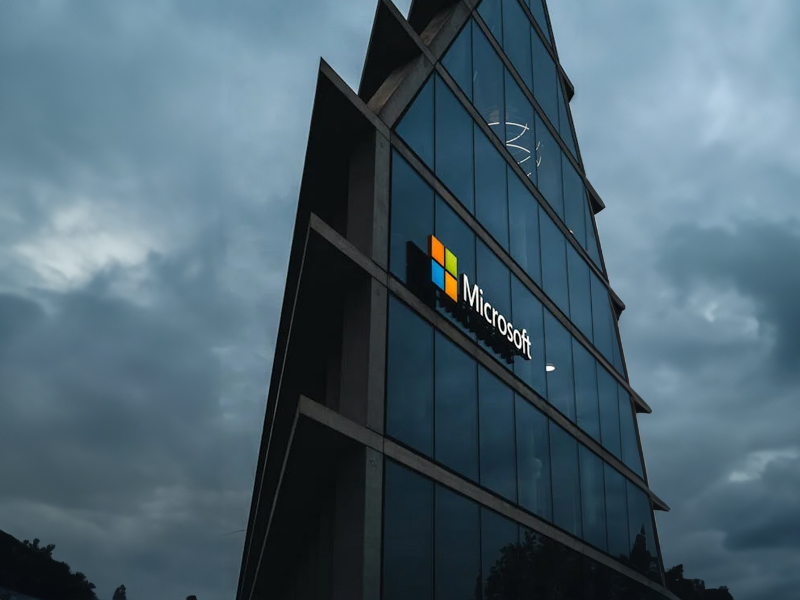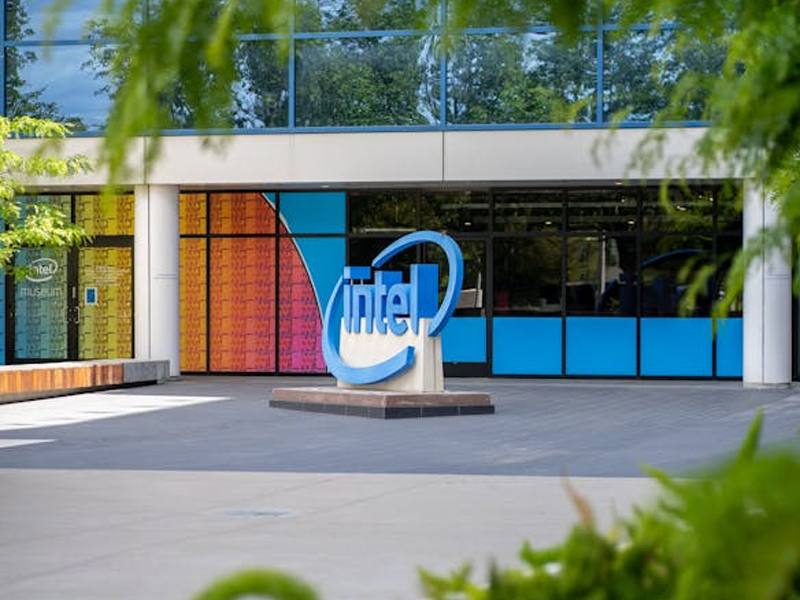Microsoft Cloud Mishap Exposes Internal Passwords: A Breach of Trust?

Cybersecurity
What Happened?
Security researchers from SOCRadar, a cybersecurity firm, discovered an open storage server hosted on Microsoft’s Azure cloud platform. This server contained internal information related to Microsoft’s Bing search engine, including code, scripts, and configuration files. Alarmingly, these files also contained passwords, keys, and credentials used by Microsoft employees to access other internal databases and systems.Potential Impact of the Breach
 The extent of the damage caused by this security lapse remains unclear. Microsoft has assured the public that no customer data was compromised. However, the exposure of employee credentials could have serious consequences:
The extent of the damage caused by this security lapse remains unclear. Microsoft has assured the public that no customer data was compromised. However, the exposure of employee credentials could have serious consequences:
Lateral Movement
Hackers could potentially use the exposed credentials to gain access to other internal systems within Microsoft’s network, potentially escalating their privileges and compromising sensitive data.Supply Chain Attacks
If the exposed credentials were used to access third-party applications or services used by Microsoft, those systems could also be vulnerable to attack.Reputational Damage
This security incident is a blow to Microsoft’s reputation as a leader in cloud security. It raises concerns about the company’s internal security practices and its ability to protect sensitive data.Microsoft’s Response
Microsoft has confirmed the security lapse and stated that the exposed server has been secured. The company is currently investigating the incident and has not disclosed how long the server was left unsecured.Lessons Learned
This incident highlights the critical importance of robust cloud security practices. Here are some key takeaways:Least Privilege
Employees should only be granted access to the systems and data they absolutely need to perform their jobs.Strong Password Policies
Enforce strong password creation policies and require regular password changes.Multi-Factor Authentication
Implement multi-factor authentication (MFA) as an extra layer of security for all user accounts.Regular Security Audits
Conduct regular security audits to identify and address potential vulnerabilities in cloud infrastructure.Employee Training
Educate employees on cyber security best practices, including phishing awareness and password hygiene.The Road Ahead
Microsoft has a lot of work to do to regain trust after this security lapse. The company needs to provide a more detailed explanation of the incident, including the steps it is taking to prevent similar occurrences in the future. It’s also crucial for Microsoft to invest in employee training programs that emphasize cybersecurity awareness and best practices. This incident serves as a stark reminder that even tech giants like Microsoft are not immune to security breaches. By prioritizing cloud security, implementing robust access controls, and educating employees, organizations can significantly reduce the risk of similar incidents and protect sensitive data.You Might Be Interested In:
- Mixed Signals: Decoding Intel’s Stock Slump Despite Earnings Beat
- Beyond Likes and Followers: Exploring the Evolving Landscape of Social Media
- Is TikTok Facing a US Ban? Decoding the New Law and Its Impact on Millions of Users
- Click, Buy, Pollute? Environmental Impact of Online Shopping and Ways for Sustainable E-commerce
Frequently Asked Questions?

01
Blockchain Technology
Mixed Signals: Decoding Intel’s Stock Slump Despite Earnings Beat
Apr 29, 2024

01
Cybersecurity
Beyond Likes and Followers: Exploring the Evolving Landscape of Social Media
Apr 28, 2024
01
Tech news
Is TikTok Facing a US Ban? Decoding the New Law and Its Impact on Millions of Users
Apr 27, 2024

01
Blockchain
The High Price of Crypto: Environmental Cost of Mining and Solutions for a Greener Future
Apr 25, 2024
SUSBSCRIBE TO OUR NEWSLETTER
Join our subscribers list to get the latest news and special offers.
Mixed Signals: Decoding Intel’s Stock Slump Despite Earnings Beat
Beyond Likes and Followers: Exploring the Evolving Landscape of Social Media
Is TikTok Facing a US Ban? Decoding the New Law and Its Impact on Millions of Users
Click, Buy, Pollute? Environmental Impact of Online Shopping and Ways for Sustainable E-commerce